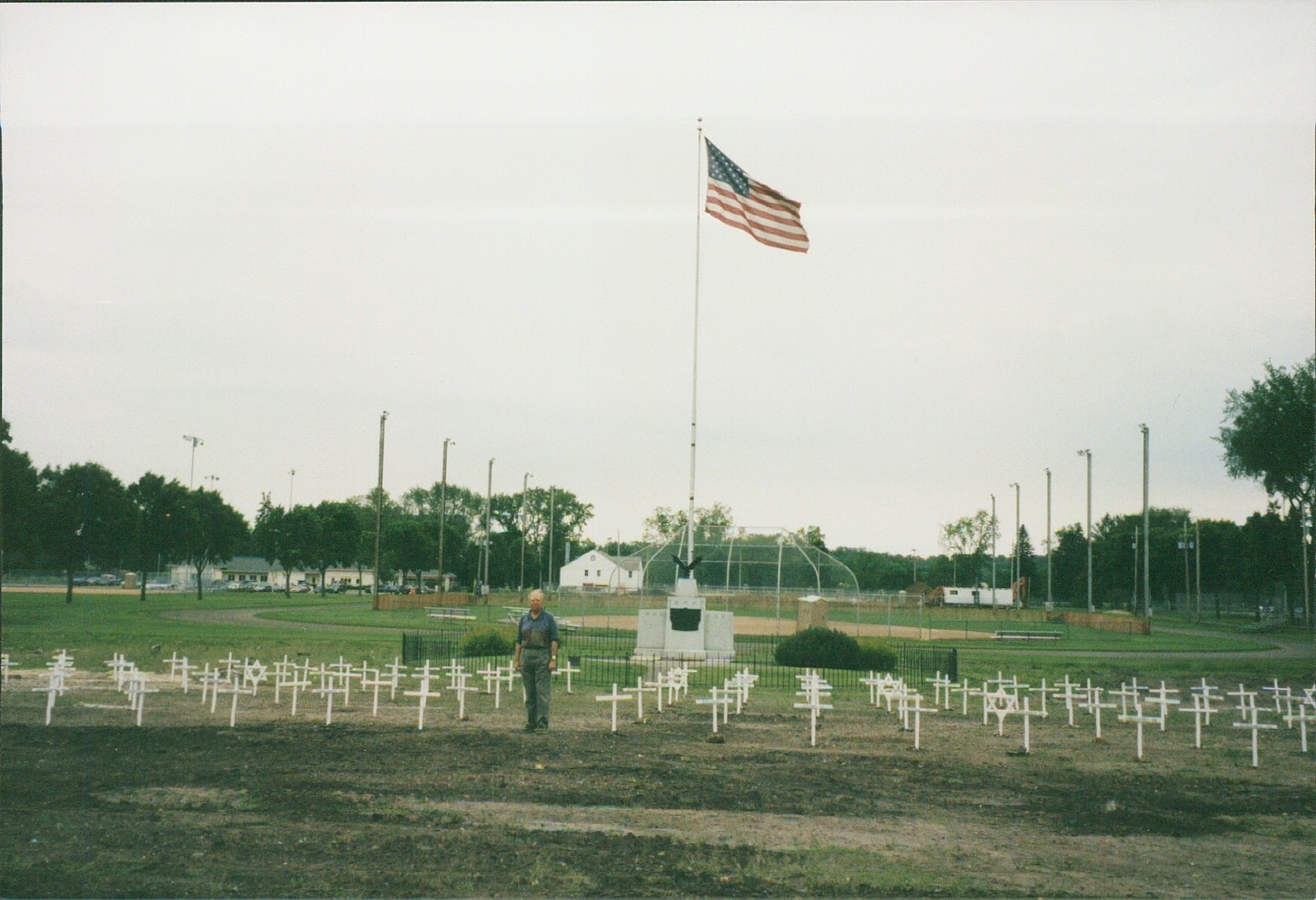ARTICLE AD BOX
A family in Pompeii tried to blockade themselves in a room as they fought for survival in their final moments after the Mount Vesuvius eruption, new research has revealed.
A study into recent excavations at the archeology site has revealed the final moments of some of Pompeii’s residents.
A scene discovered at the House of Elle and Frisso - named after the mythological painting found in one of the rooms - has provided an insight into how the inhabitants of the house desperately tried to save themselves from the historic eruption in 79AD.
In an attempt to escape the volcanic ash piling over the city, the victims had tried to take refuge in a bedroom and barred the door with a bed.
Archaeologists have been able to reproduce a cast of the bed after they identified the shape of the wooden frame in the solidified ash.
“Excavating and visiting Pompeii means coming face to face with the beauty of art but also with the precariousness of our lives,” the Director of the Park, Gabriel Zuchtriegel said.
.png)
“In this small, wonderfully decorated house we found traces of the inhabitants who tried to save themselves, blocking the entrance to a small room with a bed of which we made a cast. This is because the lapilli, the volcanic stones that risked invading the space, entered through the opening in the roof of the atrium.
“They didn't make it. In the end the pyroclastic flow arrived, a violent flow of very hot ash that filled here, as elsewhere, every room, the seismic shocks had already caused many buildings to collapse.”
.jpeg)
During the excavations, the remains of at least four individuals, including a child, were found.
A bronze amulet, which was worn by male children until they reached adulthood, was also found at the site and probably belonged to the child who was found.
Other items discovered included pieces of a jug, which had been stored in a basement that was used as a pantry, and a set of bronze pottery consisting of a ladle, a single-handled jug, a basket vase and a shell-shaped cup.
.jpeg)
Archeologists believe the house was undergoing renovation work at the time of the eruption, as some elements such as removed thresholds and lack of decoration in some places.
The House of Elle and Frisso is named after a mythological painting of Phrixus riding the Chrysomallo and his sister Helle shortly before drowning found in one of its rooms.
The fresco depicts the tragic moment of the girl's death as she holds out her hand to her brother for help and is an example of a widespread imagery of tragedies of men and women, girls and boys.
Archaeological Park of Pompeii said that these images found in the homes of the middle and upper classes in Pompeii were mainly used as entertainment and the display of economic and cultural status.









 English (US) ·
English (US) ·